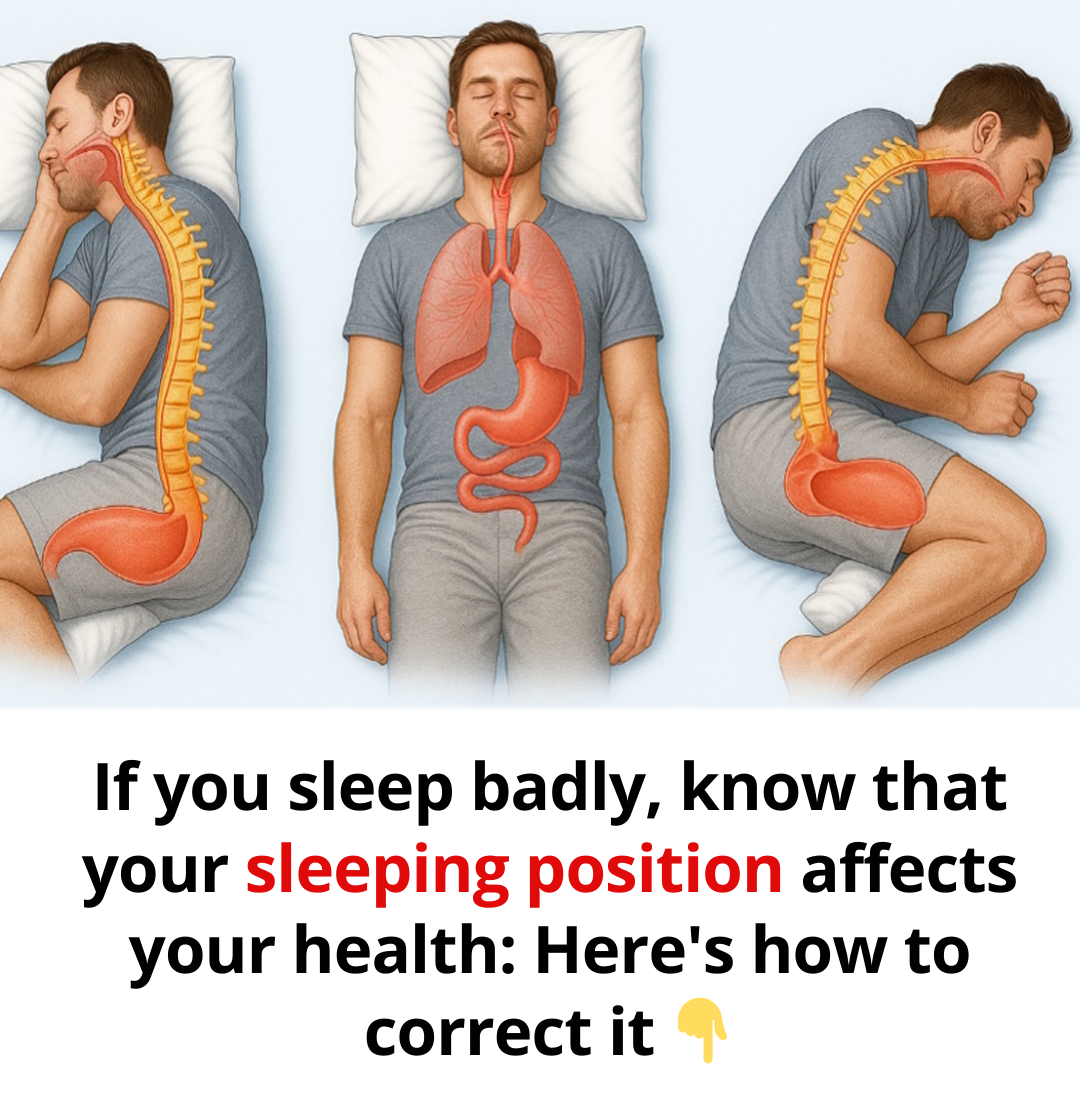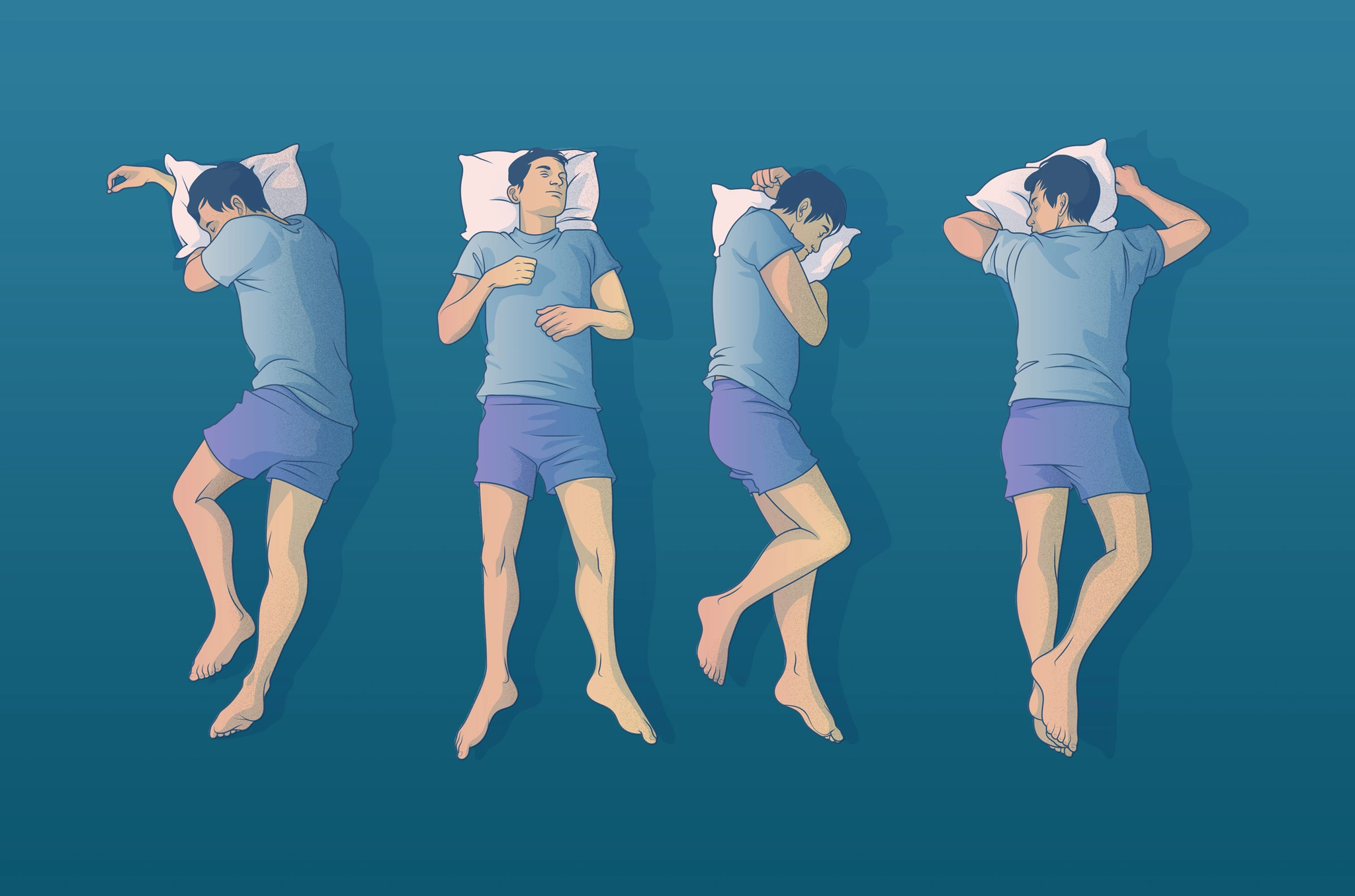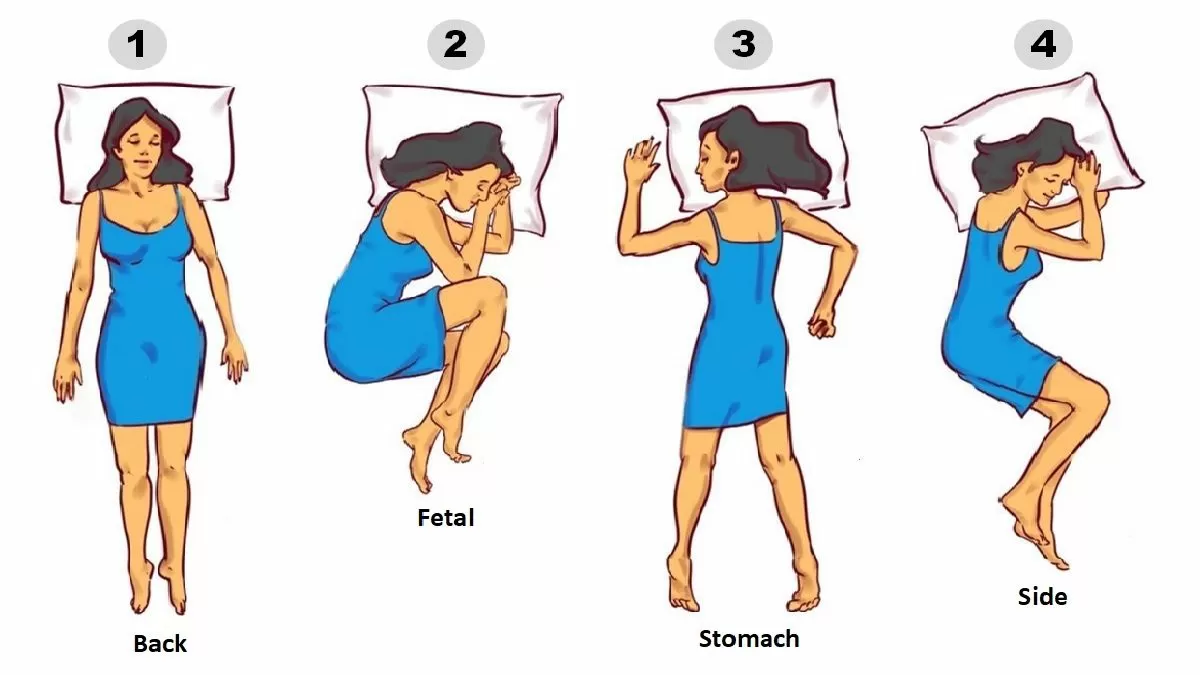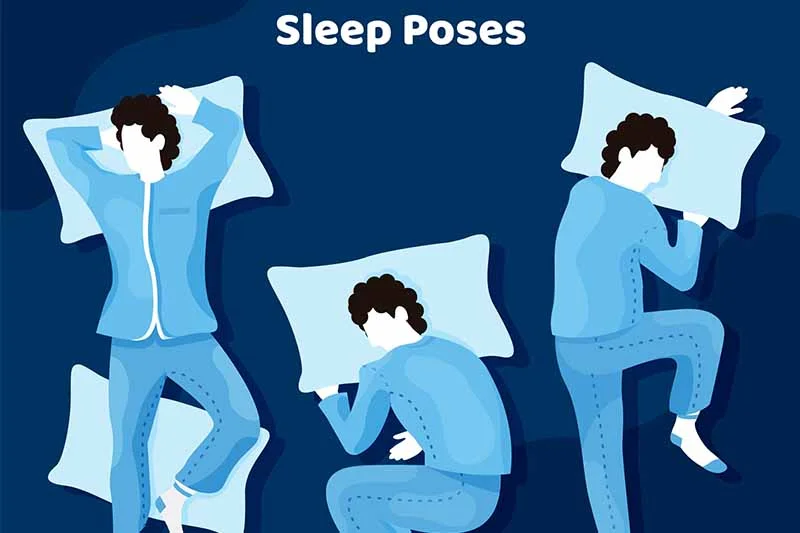
Every night, we crawl into bed hoping for a good, restorative sleep. On your back, on your side, curled up, or face-down—everyone has their favorite position.
But have you ever considered that the way you sleep might be the reason you wake up sore, toss and turn all night, or feel exhausted in the morning despite getting enough hours? What if, without even realizing it, you’re putting your body under silent strain, night after night?
The Warning Signs We Overlook
Loud snoring, headaches in the morning, a feeling of breathlessness, heartburn, or waking up tired even after eight hours of sleep—these symptoms are often blamed on stress or a bad mattress. But sometimes, the real culprit is much simpler: poor sleeping posture.
Sleeping isn’t just about resting—it’s a time when your body is hard at work, repairing and regenerating itself. If you’re not properly positioned, that healing process can be disrupted, sometimes with long-term consequences.

Why Sleeping on the Left Side Makes a Big Difference
Sleeping on your left side isn’t just some trendy yoga tip—it’s a real health booster. This position promotes better digestion, reduces acid reflux, improves lymphatic circulation, and is strongly recommended for pregnant women to ensure better blood flow to the baby.
But that’s not all. Studies show that side-sleeping helps activate a little-known but vital process: brain cleansing through the glymphatic system, which may help reduce the risk of neurodegenerative diseases like Alzheimer’s.
What About the Other Positions?
On your back: Good for your spine, sure—but risky if you snore or suffer from sleep apnea. This position can lower your blood oxygen levels and interfere with deep sleep.
On your stomach: The one to avoid. It twists your neck, compresses your internal organs, and restricts breathing. A recipe for chronic pain and waking up sore.
On your right side: Not as bad as sleeping on your stomach, but it can worsen symptoms of acid reflux and put more strain on your liver.

Age Matters Too
For babies, sleeping on their backs is crucial to reduce the risk of sudden infant death syndrome (SIDS). For teenagers, it’s the perfect time to build good sleep posture habits. But after age 60, sleep apnea becomes a real concern—so avoid sleeping on your back.
Two Real-Life Stories That Speak Volumes
Ekaterina, 34, struggled with heartburn after giving birth. Medications only masked the symptoms. But once she switched to sleeping on her left side, the improvement was dramatic.
Anatoly, 57, woke up exhausted every morning. Diagnosed with sleep apnea, he started using an orthopedic pillow and sleeping on his side. The result? His apnea episodes dropped by 70%.
5 Sleep Myths You Should Forget Right Now
- “Sleeping on your back is best.” — Not for everyone!
- “Sleeping on your stomach aids digestion.” — Actually, it does the opposite.
- “Ergonomic pillows are a gimmick.” — The right pillow can completely change your sleep.
- “Snoring is just annoying noise.” — It’s often a serious red flag.
- “I’ll catch up on sleep over the weekend.” — Sleep debt doesn’t work that way!

Simple Tips to Sleep Better Starting Tonight
- Slip a pillow between your knees—it helps relieve lower back pressure.
- Slightly elevate the head of your bed to reduce acid reflux and make breathing easier.
- Try nasal strips if your nose often feels blocked at night.
- Choose a mattress with balanced support to keep your spine properly aligned.
- And most importantly: fall asleep in the right position, even if you move around at night!
Your health starts the moment you close your eyes.